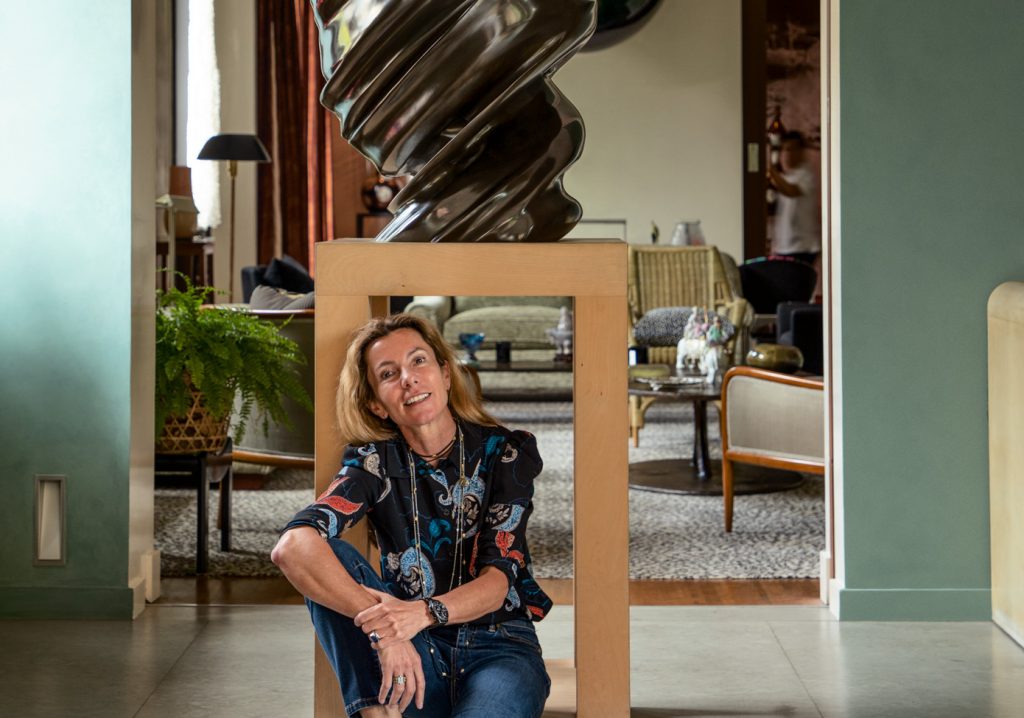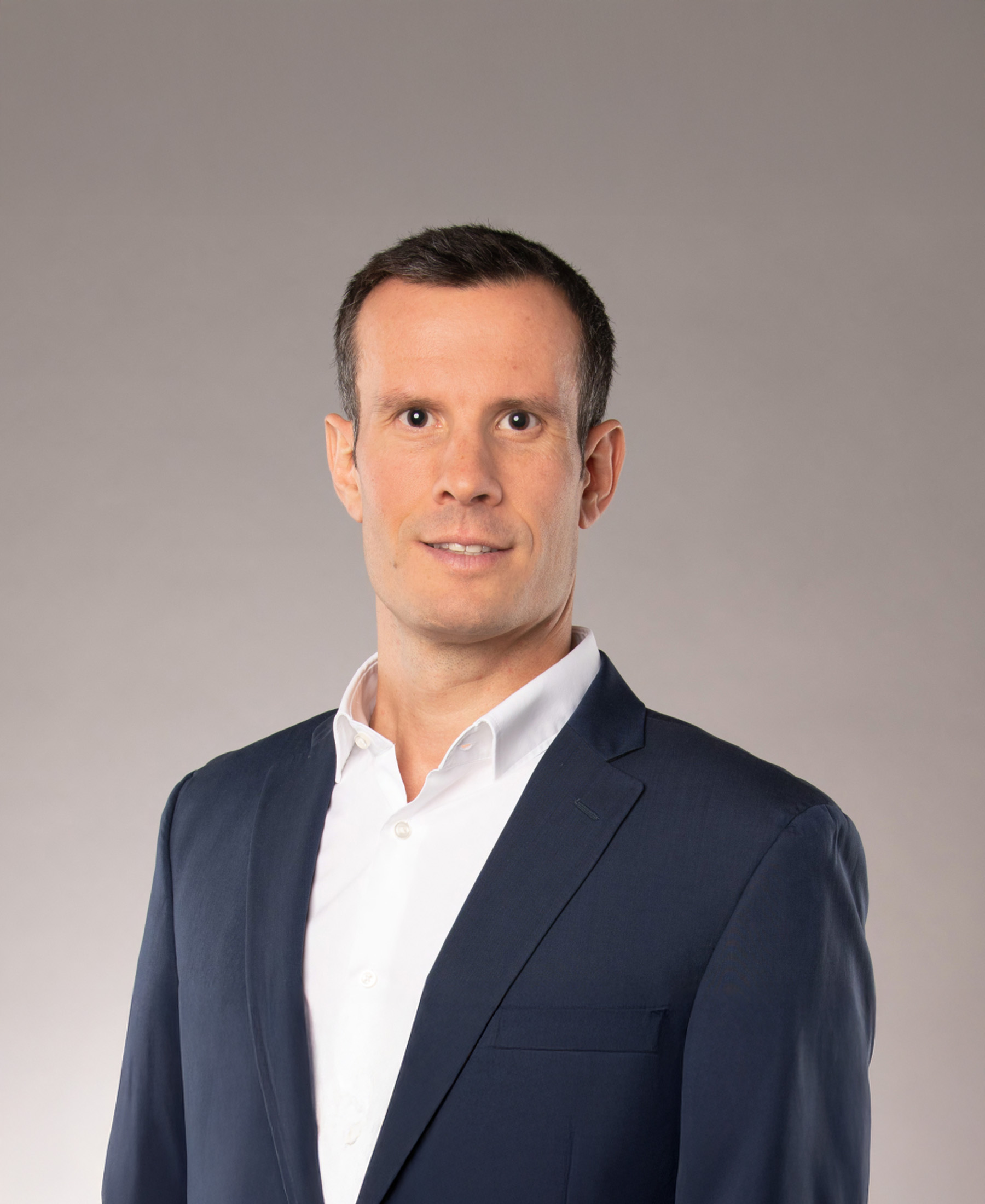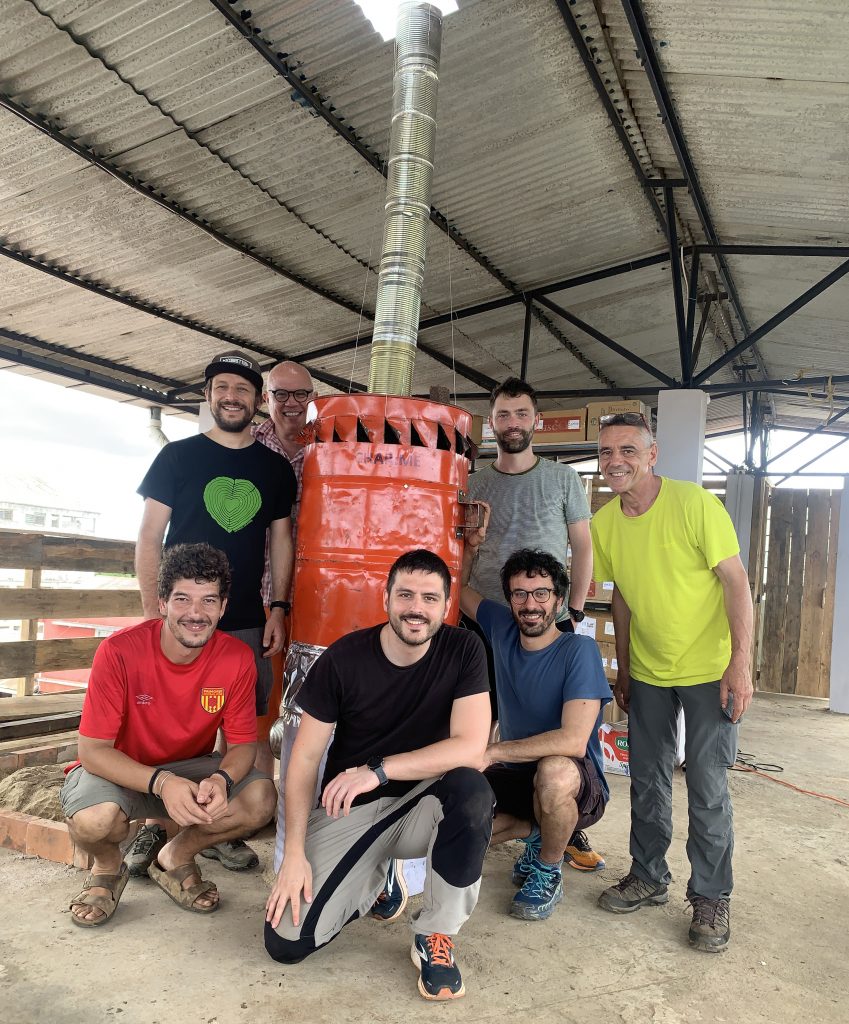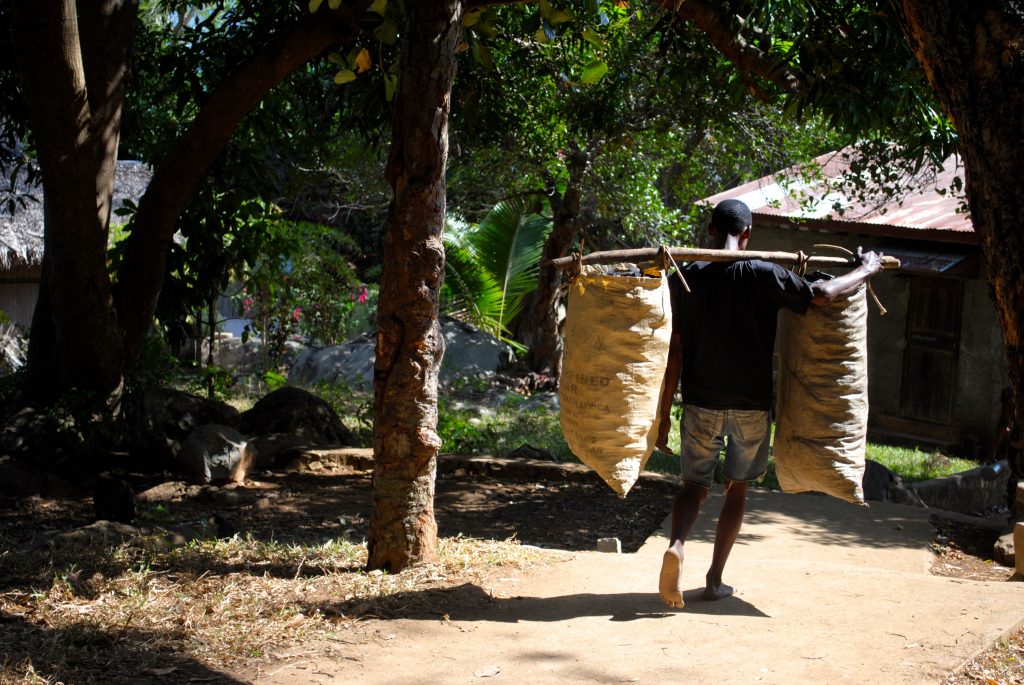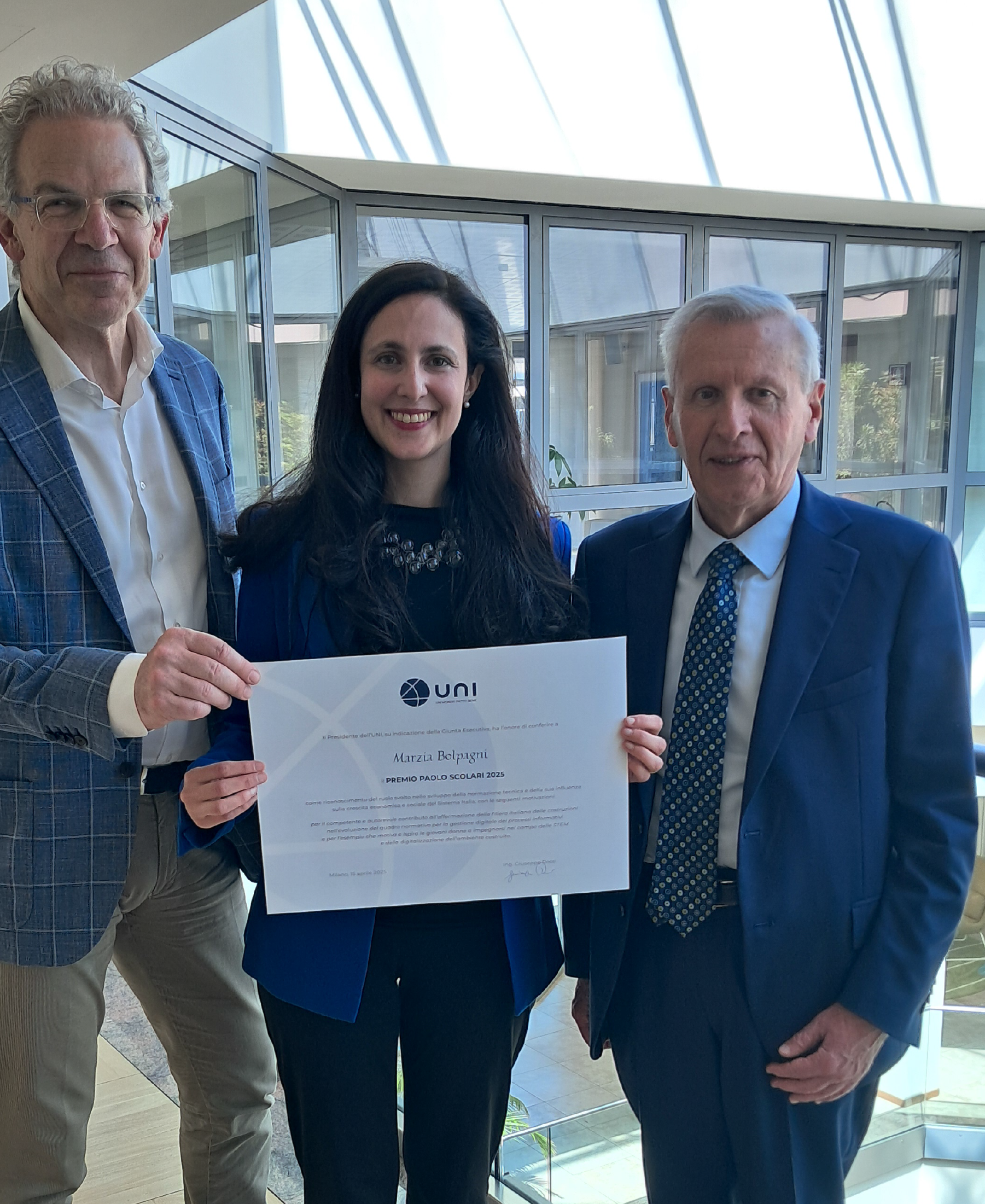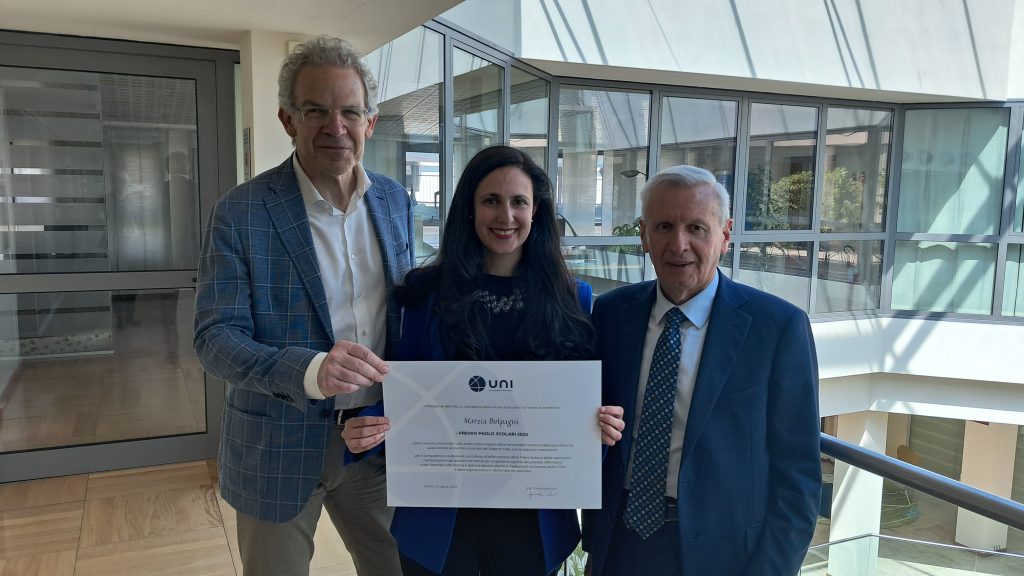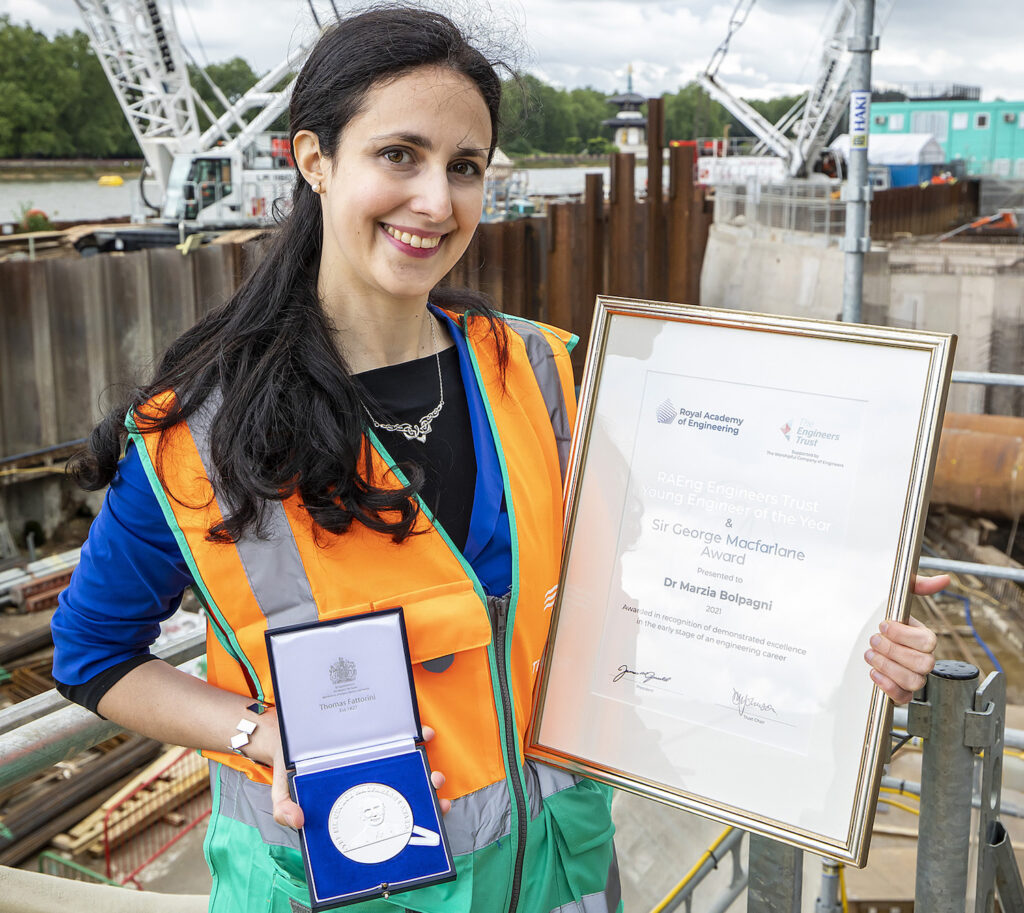Benedetta Zuccarelli, di Genova, ha 27 anni. È laureata in Architettura delle Costruzioni al @Politecnico di Milano. È una dei 20 Alumni e Alumnae del Poli che si sono aggiudicati un posto nella lista Forbes UNDER 30 del 2025. https://forbes.it/2025/04/10/under-30-forbes-italia-2025


Dopo il Poli ha lavorato in diversi contesti, tra cui Chapman Taylor e Bjarke Ingels Group (BIG)
- Ha recentemente completato un Master in Design Studies (Ecologies) alla Harvard Graduate School of Design (GSD)
- Ha esposto al MIT Media Lab, alla Harvard GSD e in altri contesti accademici internazionali
Ci racconta: “Sto lavorando allo sviluppo di sistemi che integrano microalghe, sensori e algoritmi per monitorare l’ambiente interno e supportare strategie di ventilazione naturale. L’obiettivo è rendere questi strumenti parte del progetto architettonico, contribuendo alla creazione di spazi più sani, in grado di tutelare il benessere di chi li abita e di adattarsi in modo più consapevole alle trasformazioni ambientali.
Ho scelto il Politecnico di Milano per la solidità del suo approccio tecnico-scientifico, la qualità della formazione progettuale e le opportunità di confronto internazionale che offre. È stato un contesto esigente, che mi ha fornito strumenti concreti per affrontare con rigore e apertura interdisciplinare le sfide dell’architettura contemporanea”.
Del Poli ricorda con piacere l’energia che si respira nei laboratori di progetto: “le idee prendevano forma attraverso il lavoro di gruppo e il confronto continuo. È stato un periodo di grande crescita, grazie al senso di collaborazione che si instaurava tra studenti, tutor e docenti, e alla comunità che nasceva lavorando fianco a fianco. Il progetto non era quasi mai un percorso solitario: si cresceva insieme, scambiando idee, punti di vista e, spesso, divertendosi a progettare insieme”.
Com’è entrare a far parte degli under 30 di Forbes? “È stato un riconoscimento che ho accolto con gratitudine e con senso di responsabilità. È arrivato come risultato di un percorso che unisce ricerca, sostenibilità e sperimentazione tecnologica, con l’obiettivo di affrontare in modo concreto alcune sfide ambientali legate all’architettura. Negli ultimi anni ho lavorato allo sviluppo di dispositivi per il monitoraggio della qualità dell’aria e l’efficienza energetica degli edifici, collaborando con team multidisciplinari e trasformando idee in prototipi funzionanti e testabili, pensati per favorire ambienti più salubri e promuovere una maggiore consapevolezza negli utenti. Allo stesso tempo, ho portato avanti una linea di ricerca sul rapporto tra architettura e territorio, analizzando sul campo casi studio negli Stati Uniti e in Italia, con un focus su aree soggette ad alluvioni. Ho studiato il ruolo delle infrastrutture, delle reti idriche e delle soluzioni naturali a bassa intensità per supportare strategie di adattamento climatico. In questo senso, il riconoscimento rappresenta per me un incoraggiamento a proseguire con ancora maggiore consapevolezza il lavoro intrapreso.





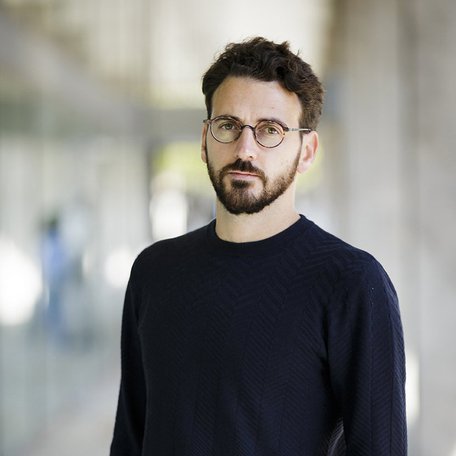
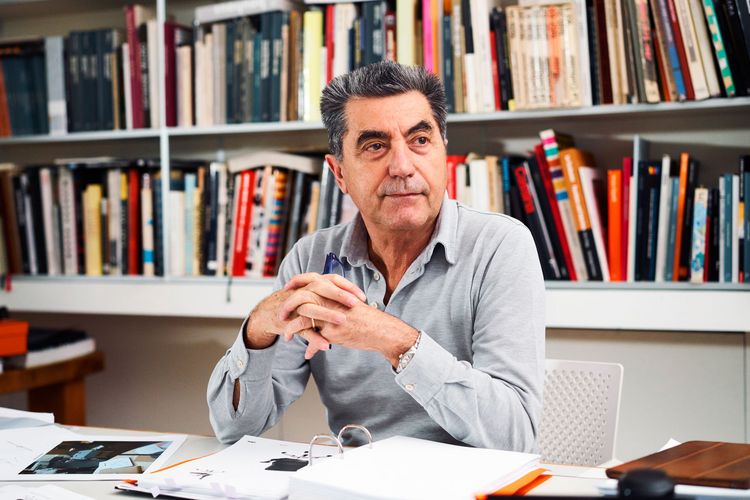


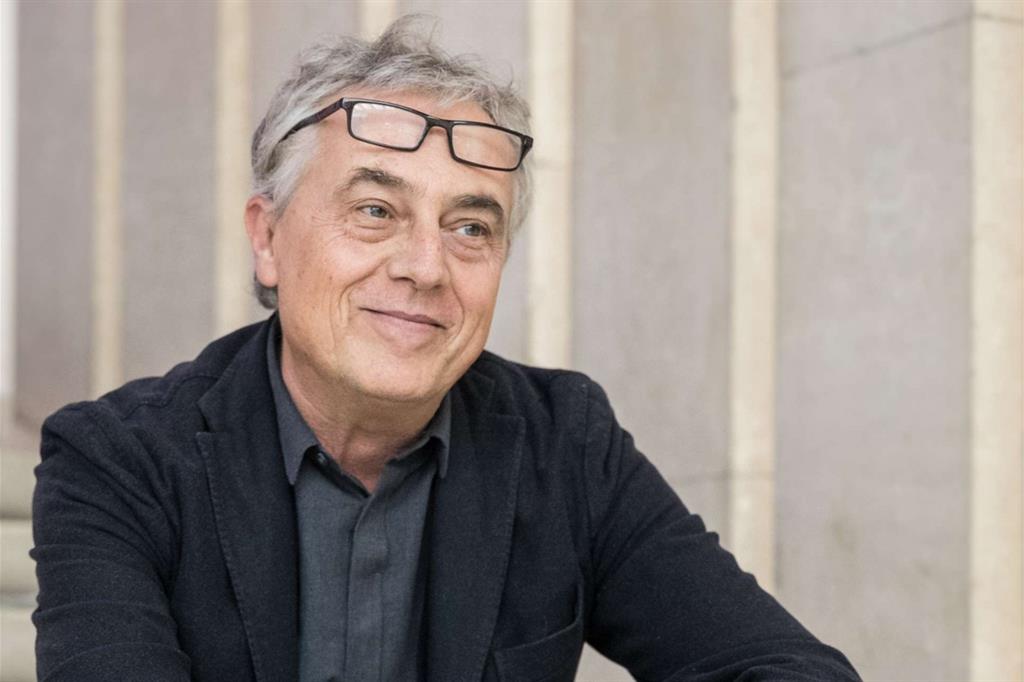
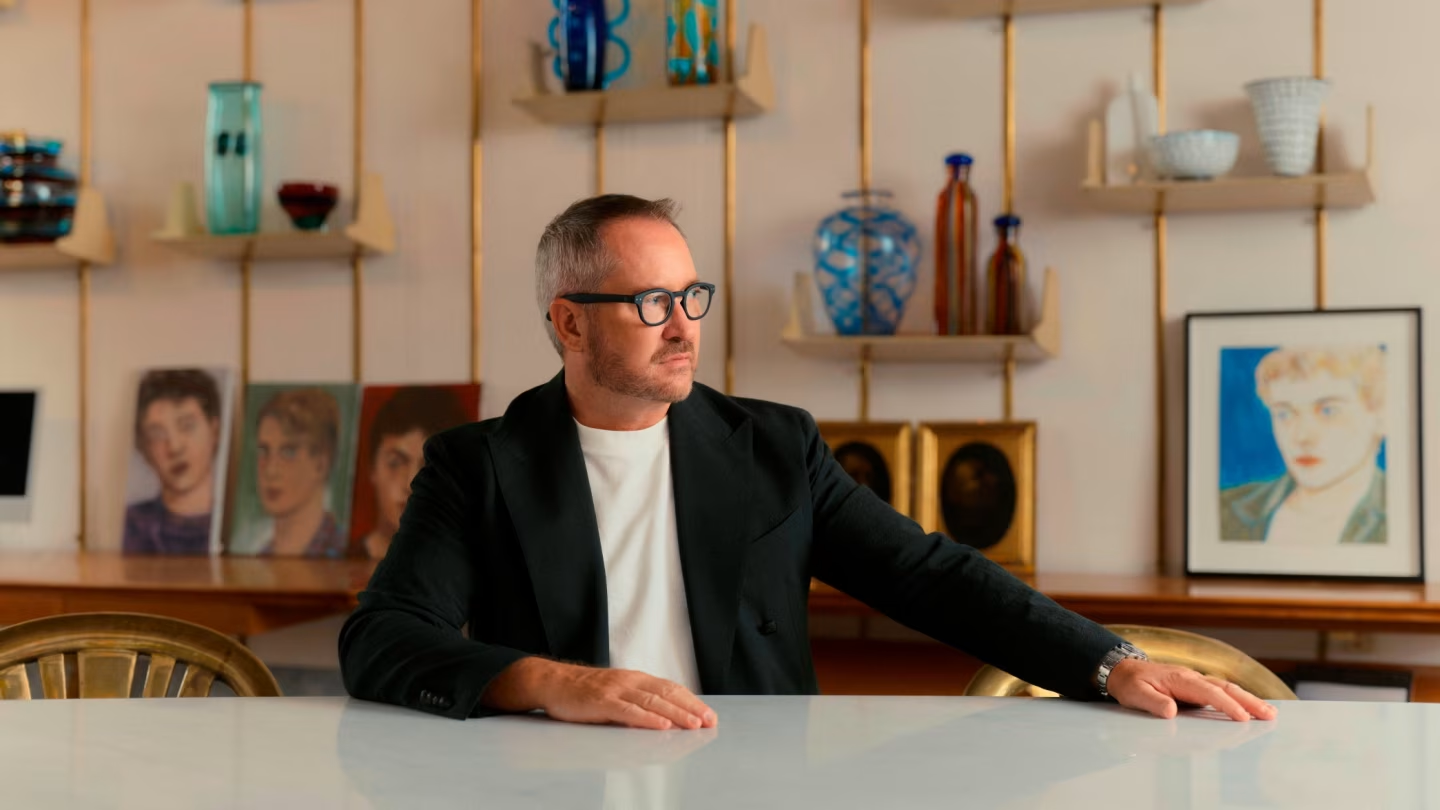
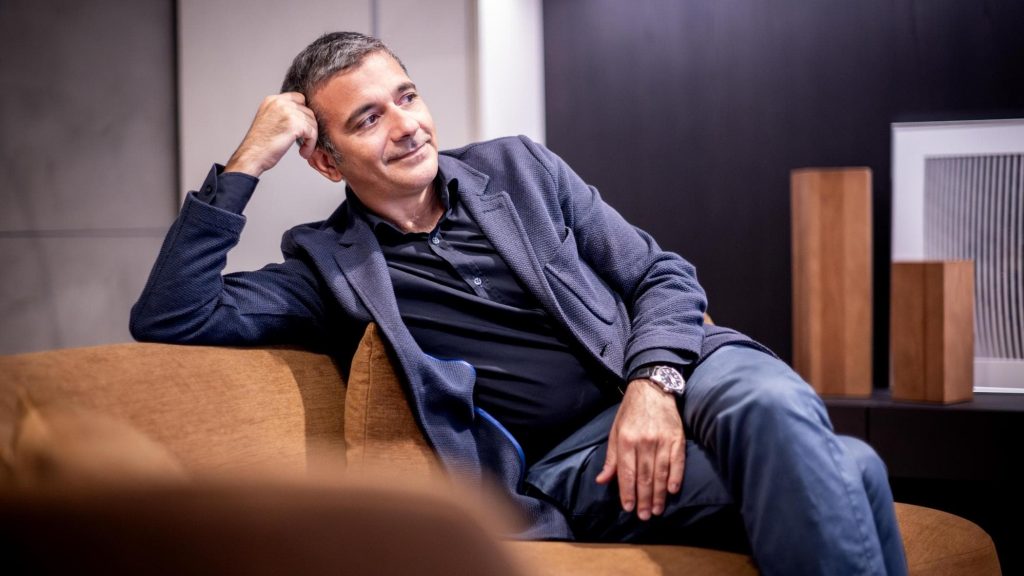

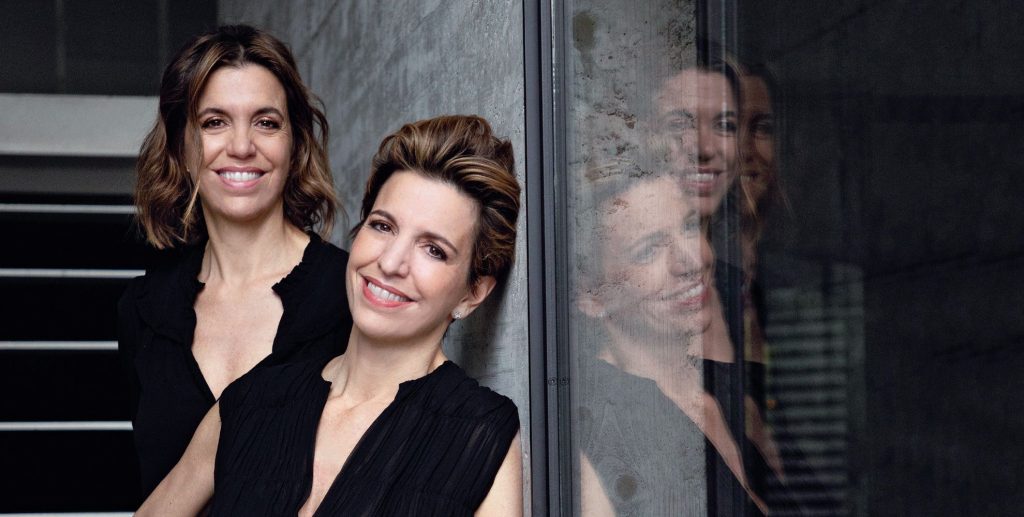

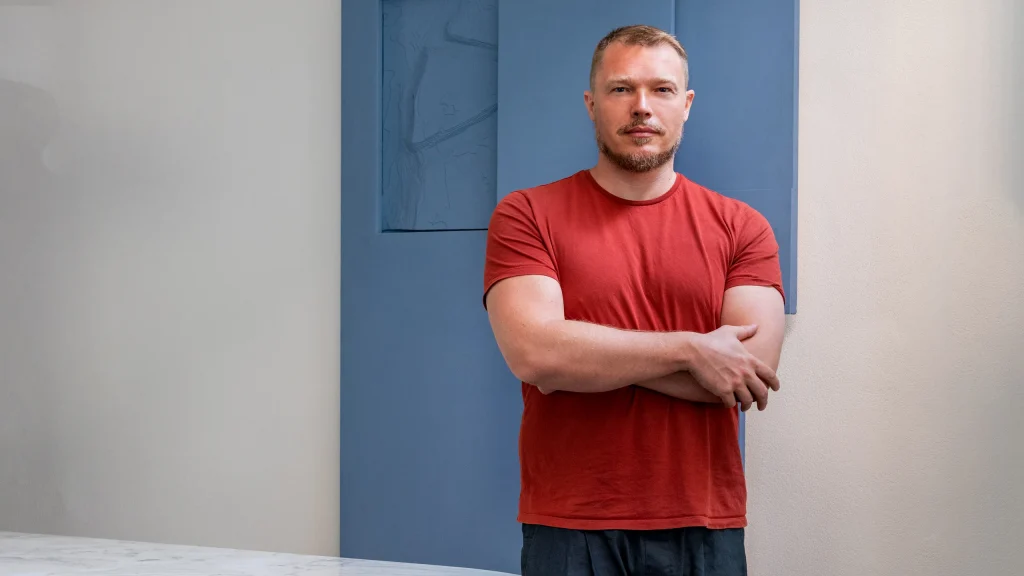
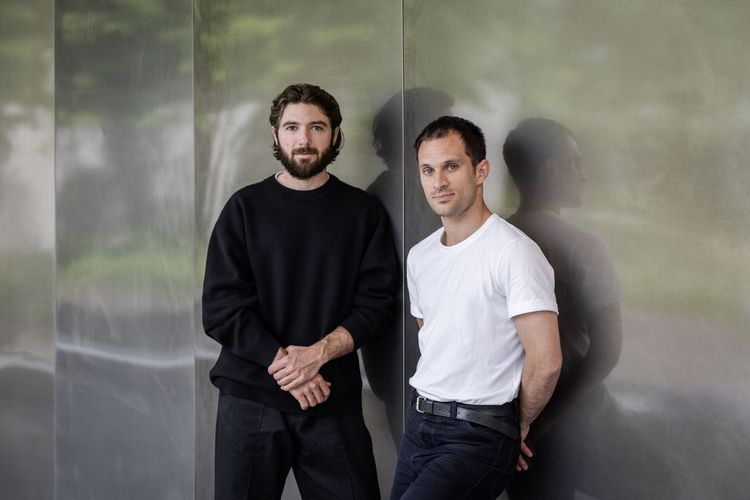
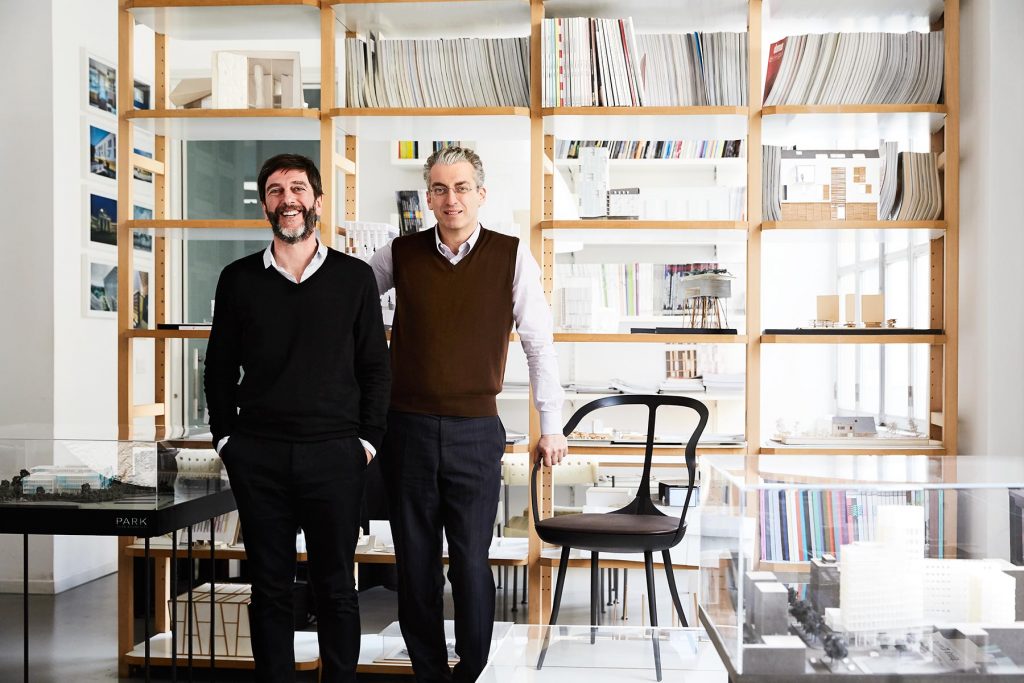


 Crediti: https://kdln.it/designers/storagemilano/https://kdln.it/designers/storagemilano/
Crediti: https://kdln.it/designers/storagemilano/https://kdln.it/designers/storagemilano/